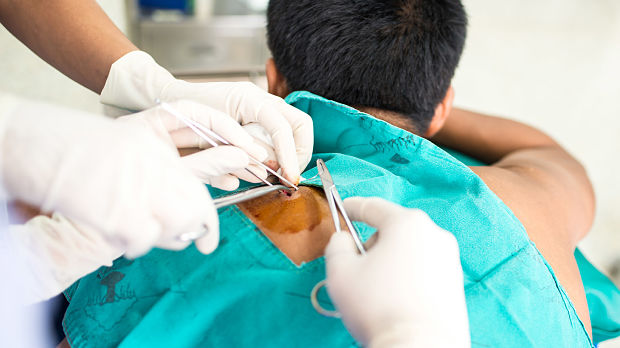Advanced practiced professionals (APPs), such as nurse practitioners (NPs) and physician assistants (PAs) are increasingly billing for procedures performed independent of a supervising physician. Of these procedures, more than half of them are dermatologic.
A recent study looked how the scope and number of dermatologic procedures performed by APPs evolved over a three year period in the Medicare population. The authors used the Medicare Provider Utilization and Payment Data: Physician and Other Supplier Public Use File from 2012 through 2015 to analyze procedures of interest performed in that time period. They looked at biopsies, removals, destructions, repairs, local skin flaps, full-thickness grafts, and patch testing, and calculated the frequencies and percentages billed by APPs (NP, PA, or clinical nurse specialist) and dermatologists for each procedure within the time period.
The results showed that the total frequencies of all examined dermatologic procedures billed by APPs increased significantly each year from 2012 to 2015. APPs most commonly billed destructions of benign neoplasms, biopsies and shaves, and destructions of malignant neoplasms. For each year studied, the number of procedures billed by APPs increased significantly, and at a significantly higher rate than procedures billed by dermatologists, except for simple repairs and full-thickness skin grafts. At the same time, dermatologists billing rates for the same procedures remained basically stable, except for complex repairs.
The authors note that an increase in the number of APPs appears to be the biggest driving force for increased procedures, which is consistent with the general trend of an increasing number of APPs being employed in dermatology practices. The authors highlight some concerns about the need for appropriate training, credentialing, and oversight as more procedures are performed by APPs, but they also note that transferring such responsibilities to APPs may also reduce wait times and time to diagnosis. The authors state that more research is needed to compare outcomes and safety between specialists, nonspecialists, and APPs, in order to weigh the benefits and risks of this trend.

